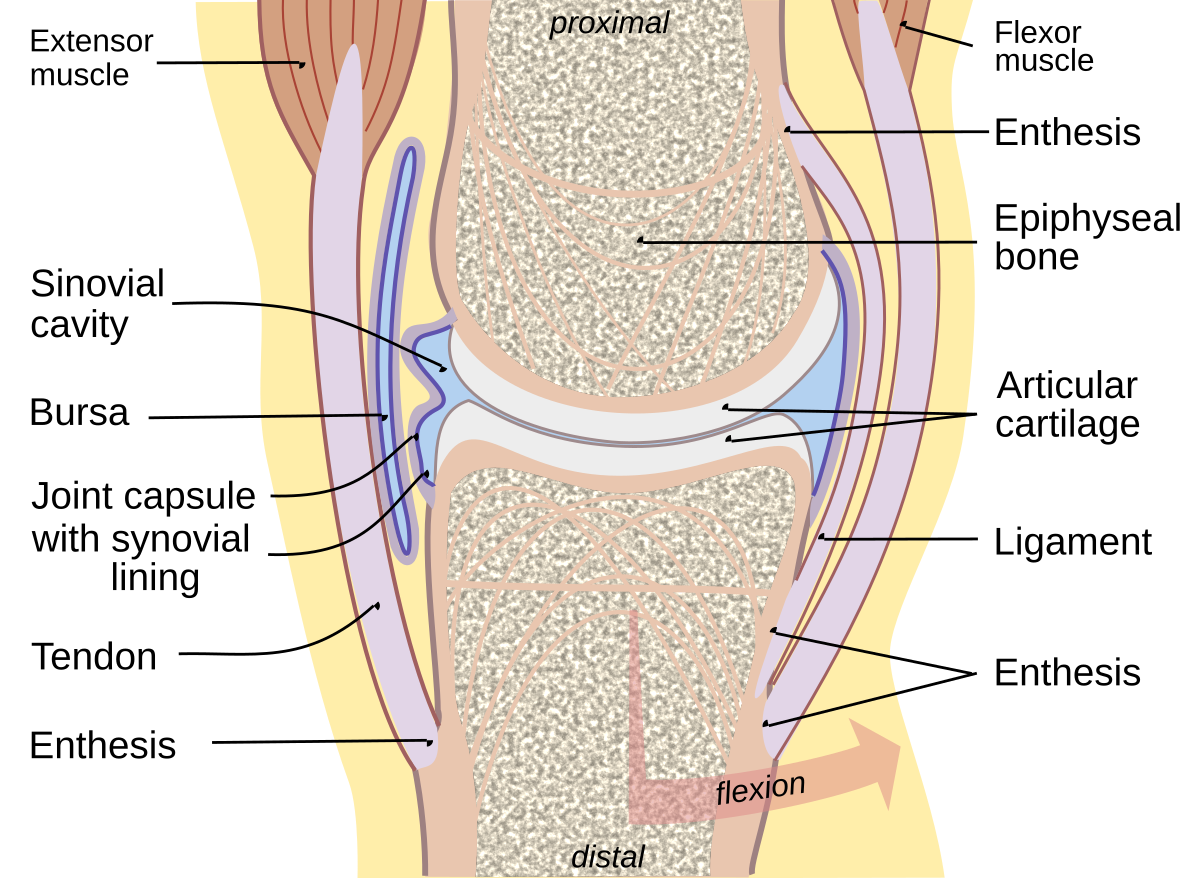Movement at a Synovial Joint: The Human Hip Joint as an Example
Synovial joint
Highly mobile joints that allow a wide range of movements.
- The hip is a ball-and-socket synovial joint connecting the femur (thigh bone) and the pelvis.
- This enables flexion, extension, abduction, adduction, and rotation.
Bones AreThe Framework for Movement
- Femur: Has a rounded head (“ball”) fitting into the acetabulum of the pelvis.
- Pelvis: Forms a deep socket (“acetabulum”) that holds the femoral head.
- Shape & Fit: Determine range of motion and stability.
Bones act as levers, amplifying the force generated by muscles to produce movement. This principle is essential for efficient locomotion.
Cartilage Reduces Friction and Absorbs Shock
- Articular Cartilage: Smooth, tough tissue at bone ends.
- Functions:
- Reduces friction between moving bones.
- Absorbs impact, preventing damage during high-impact activities.
Students often confuse cartilage with bone. Remember, cartilage is softer, lacks calcium deposits, and is designed for flexibility and shock absorption.
Synovial Fluid Lubricates the Joint
- Location: Fills the joint cavity between bones.
- Secretion: Produced by the synovial membrane.
- Functions:
- Lubricates cartilage surfaces, reducing friction.
- Nourishes cartilage (since cartilage lacks its own blood supply).
- Distributes force, acting as a shock absorber.
Imagine oiling the hinges of a door to prevent squeaking and ensure smooth operation. Synovial fluid performs a similar role in your joints, enabling frictionless movement.
Ligaments Stabilize the Joint
Ligaments
Strong, fibrous bands of connective tissue linking bone to bone.
- Hip Ligaments restrict abnormal movements to prevent dislocation.
- The joint capsule encloses the hip, helping seal synovial fluid inside.
- This provides stability even under heavy stress (e.g., running, jumping).
Ligaments are tough but inelastic. Overstretching them can lead to permanent damage, reducing joint stability.



